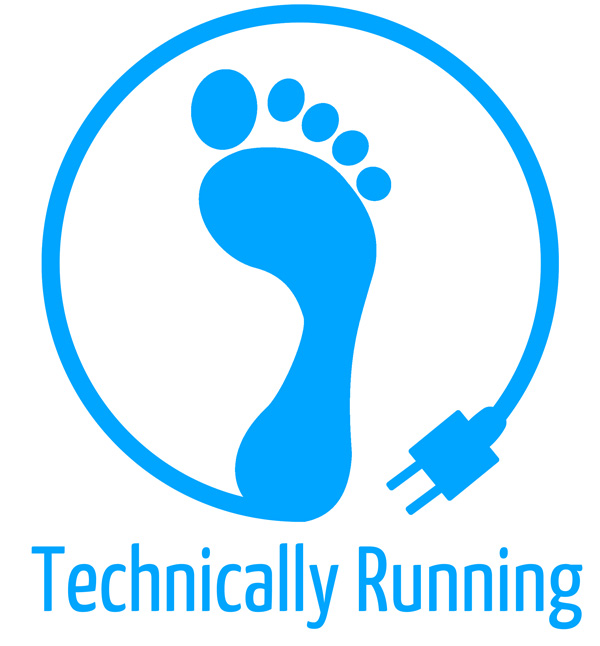If you’re like me (and most other people, I imagine), you’ve probably never given much thought to the method you use to tie your shoes. In all honesty, I think the last time I did anything special with my shoelaces is when those decorative, no-tie elastic spiral laces were popular (anyone else remember these?). That is, until about a week ago, when a comment on reddit directed me to Altra’s website and an alternate method they recommend for lacing your shoes. So, I did some digging. As it turns out, there is a whole world out there of alternate lacing methods, both for style and to improve the performance of your shoes, that I never knew about!
As Steve mentioned briefly in his review of the Altra Samson and Delilah, I was not the biggest fan of my Delilahs, even after I had broken them in. Because of the overall wider structure of the vamp of the Delilah, and despite the Heel Claw, my foot would often slide forward, causing my toes to hit the front of the shoe. Not the most comfortable situation. I could mediate this somewhat by tying the laces (in their out-of-the-box configuration) tighter, but I couldn’t quite get them tight enough without making the top of my foot uncomfortable. Because of how badly I wanted to like the Delilahs (they’re so snazzy looking!), I tried overlooking the problem as much as possible, but there was no doubt that these shoes were kind of a disappointment to me.
The reddit commenter who turned me on to alternate lacing styles was also not a big fan of the Delilahs when she first got them, going so far as to call them “cute little torture devices”. So, you can imagine my excitement upon hearing that the lacing method suggested by Altra transformed her Delilahs from shoes she hated into the “single most comfortable pair of shoes [she’s] ever owned.” That’s some pretty high praise for something as simple as changing the way you lace your shoes! I had been meaning to switch out the black laces my Delilahs came laced with for the purple laces included in the box, anyway, so I figured this was the perfect opportunity to try out a new lacing style.
Much to my happiness, the comments of my fellow redditor were no exaggeration. Now that I have had a chance to try out my Delilahs with the new lacing style, the difference in how they feel relative to my initial experience is like night and day. The purpose of Altra’s alternate lacing style is to relax the shoe around the toes, while still securing it around the heel. For me, this means that I can make the Delilah a bit tighter around my heel, without causing any discomfort to the top of my foot, which–Hallelujah!–has eliminated my problems with my foot sliding forward. I’m finally beginning to understand Steve’s excitement about these shoes! I’m also looking forward to trying this lacing method on my Newtons, which, despite sporting a near-neutral heel-toe drop and being structured to encourage a natural running form, do not have a particularly wide toe box. Hopefully, this lacing style will allow my toes to relax a bit in the Newtons, because, as many other minimalist shoe fans may have noticed, traditional, narrower toe boxes feel kind of bizarre once you get used to wide ones!
Of course, as I mentioned above, there are actually many different lacing styles out there, and several, including the one from Altra, are particularly useful for addressing issues runners might have with their shoes. For specific problems such as heel-slippage, discomfort from high arches, toe problems, and top-of-foot-pain (a common complaint from newer minimalist runners), check out New Balance’s suggestions for alternate lacing methods here (Site is no longer available, but you can find a similar list from Runner’s World here). For a very thorough review of various lacing methods, including information about the loss/gain of lace length and the decorative appeal of each style, check out this site, which includes a whopping 37 different lacing styles!
Bottom line is, don’t always accept what is given to you out of the box. If you have a pair of laced shoes that has ended up languishing in your closet because of discomfort (and an inability to return them–we all make mistakes when there’s a “No returns on sale items” policy), try out some of these styles and see what happens! The results might surprise you. Let us know if there are any great lacing styles that aren’t missing from the guides above. If you try any of these new styles, we’d also love to hear how it goes!
Meagan is a geochemistry research lab manager, runner, Netflix binge-watcher, and Mom to a rescue dog, a bunny, and a human child. She started running in May 2011 and ran her first half marathon in October 2012, followed by her first marathon in October 2013. In July 2018, she joined the triathlon world and completed an Olympic-distance race. After an extended break (pregnancy/maternity leave), she is making a long-overdue return to running and is preparing for a high-elevation half marathon at Crater Lake National Park in August 2020.




